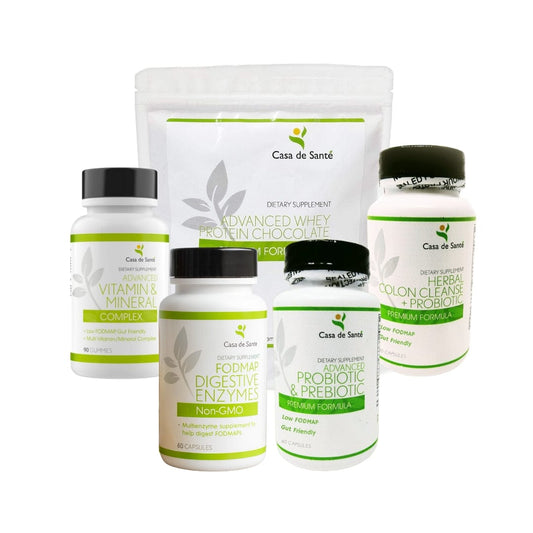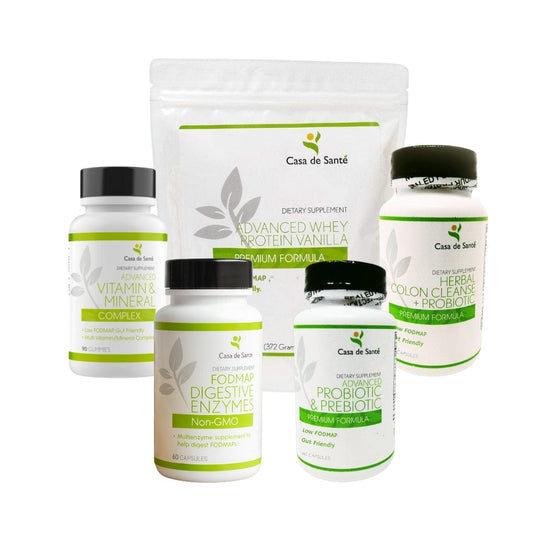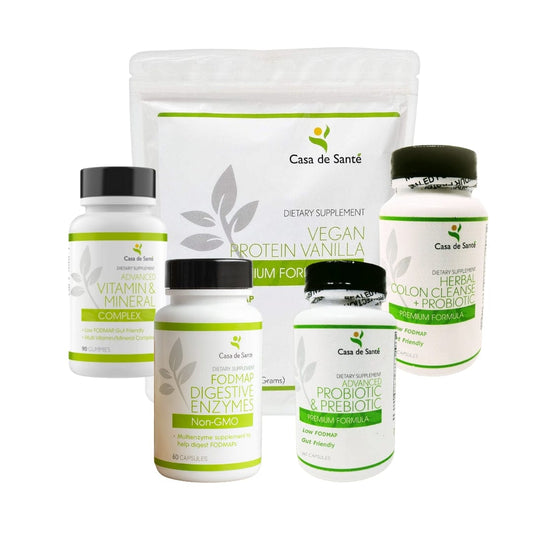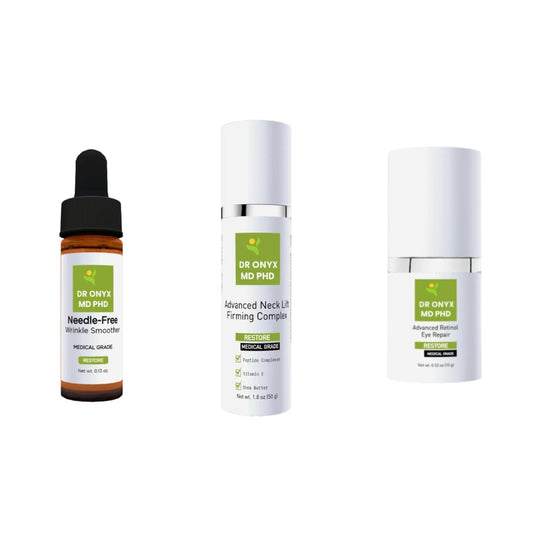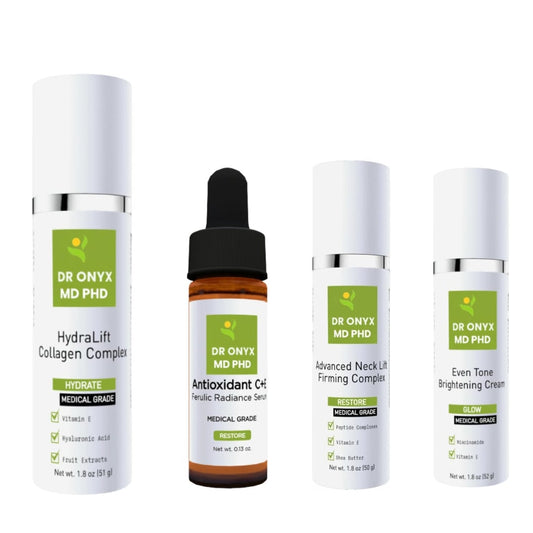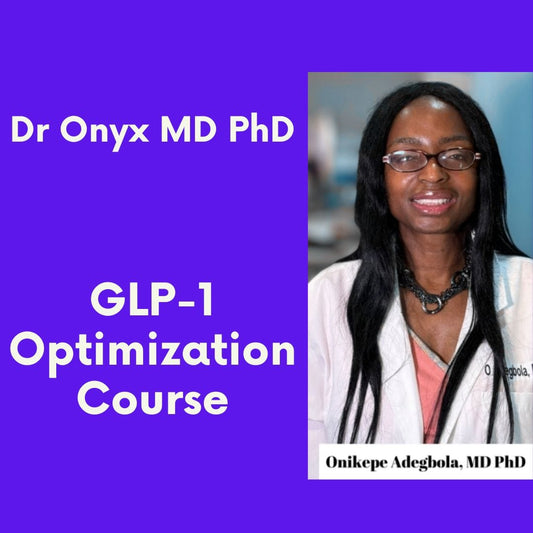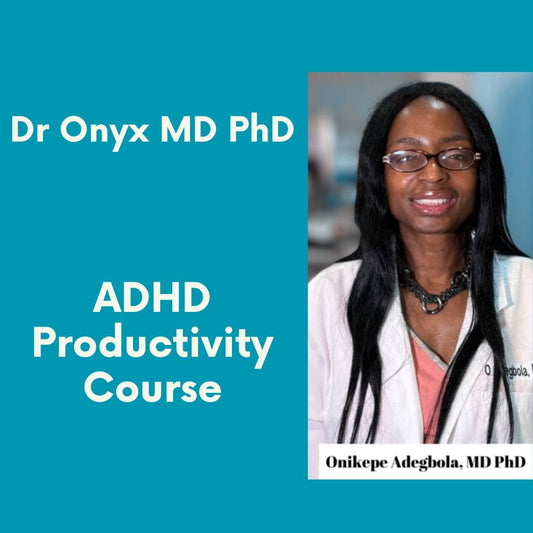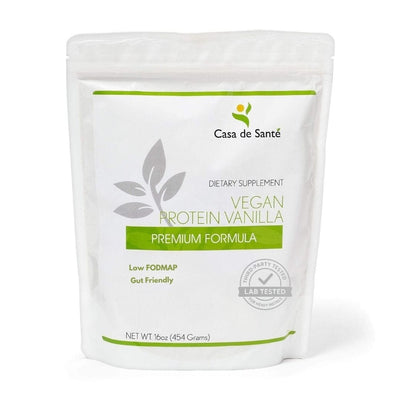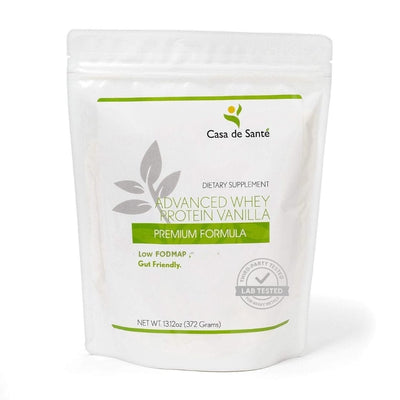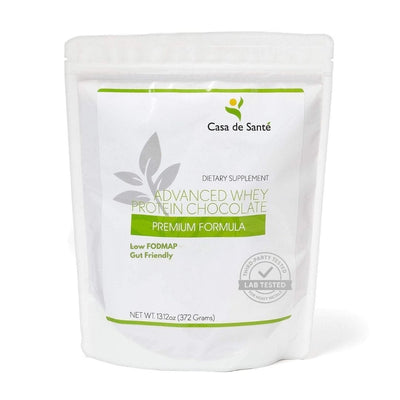10 Proven Strategies to Feel Better While Taking GLP-1 Medications
GLP-1 medications like Ozempic, Wegovy, Mounjaro, and Zepbound have revolutionized weight management and diabetes treatment. While these medications can be highly effective, many patients experience side effects that can make daily life challenging. From nausea and fatigue to digestive issues, these symptoms can sometimes make you question whether the benefits outweigh the discomfort.
The good news is that there are proven strategies to minimize these side effects and make your GLP-1 journey more comfortable. This article explores practical approaches that real patients and healthcare providers have found effective for managing common side effects and improving quality of life while taking these medications.
Understanding GLP-1 Medication Side Effects
Before diving into solutions, it's important to understand why these side effects occur. GLP-1 receptor agonists work by mimicking a hormone that slows gastric emptying, increases feelings of fullness, and regulates blood sugar. These mechanisms, while beneficial for weight loss and diabetes management, can lead to digestive discomfort, especially during the initial weeks of treatment.
Common side effects include nausea, vomiting, constipation, diarrhea, headaches, and fatigue. Most patients find that these symptoms are most pronounced when starting the medication or increasing the dose, and tend to improve over time as the body adjusts.
When to Contact Your Healthcare Provider
While many side effects are manageable at home, certain symptoms warrant immediate medical attention. Contact your healthcare provider if you experience severe or persistent vomiting, intense abdominal pain, signs of dehydration, allergic reactions, or symptoms of pancreatitis (severe pain in your upper abdomen that may radiate to your back). These could indicate serious complications that require professional intervention.
Strategy 1: Optimize Your Hydration
Proper hydration is perhaps the simplest yet most effective strategy for managing GLP-1 side effects. Dehydration can worsen nearly all common side effects, particularly constipation, headaches, and fatigue. Aim to drink at least 2-3 liters (64-100 ounces) of water daily while on these medications.
Consider carrying a reusable water bottle with time markers to track your intake throughout the day. Many patients find that adding a pinch of salt or electrolyte supplements helps their bodies retain the hydration more effectively, especially if experiencing diarrhea or reduced food intake.
Hydration Beyond Water
While water should be your primary source of hydration, other fluids can contribute to your daily intake while providing additional benefits. Herbal teas like ginger or peppermint can help settle an upset stomach. Bone broth offers hydration plus protein and electrolytes. Just be mindful of sugary drinks, as they may contribute to blood sugar fluctuations and can sometimes worsen nausea in sensitive individuals.
Strategy 2: Adapt Your Eating Patterns
GLP-1 medications significantly change how your digestive system processes food. Many patients find that adapting their eating patterns can dramatically reduce side effects. Smaller, more frequent meals often work better than three large meals, as they put less strain on your slowed digestive system.
Try eating 5-6 mini-meals spaced throughout the day rather than three larger ones. This approach can help maintain energy levels while minimizing the feeling of fullness that can trigger nausea. Pay attention to your body's new hunger cues, which may be quite different from what you experienced before starting the medication.
Timing Your Meals
The timing of your meals relative to your medication can make a significant difference. Some patients report fewer side effects when they eat their main meal before taking their GLP-1 injection, while others find the opposite works better. Experiment with different timing strategies to find what works for your body, and consider keeping a simple food journal to track patterns.
Mindful Eating Techniques
Practicing mindful eating becomes especially important on GLP-1 medications. Eating slowly, chewing thoroughly, and putting your utensils down between bites gives your brain time to register fullness signals. This approach can help prevent overeating, which commonly triggers nausea and discomfort. Many patients find that a 20-minute meal with minimal distractions leads to better digestion and fewer side effects.
Strategy 3: Prioritize Protein Intake
GLP-1 medications can reduce appetite significantly, sometimes making it challenging to consume adequate nutrition. Prioritizing protein becomes essential to preserve muscle mass and maintain energy levels. Aim for at least 1.2-1.6 grams of protein per kilogram of body weight daily, focusing on high-quality sources.
Lean meats, fish, eggs, Greek yogurt, cottage cheese, and plant-based options like tofu and legumes can help you meet your protein needs. Many patients find that protein shakes or smoothies are easier to consume when experiencing nausea or reduced appetite. Adding unflavored protein powder to soups, oatmeal, or other soft foods can also boost protein intake without increasing volume.
Protein Timing for Energy Management
Strategically timing your protein consumption throughout the day can help maintain stable energy levels. Including some protein with each mini-meal or snack helps prevent energy crashes and excessive hunger. Some patients report that starting the day with a protein-rich breakfast helps set a positive tone for managing side effects throughout the day.
Strategy 4: Manage Nausea Effectively
Nausea is arguably the most common and troublesome side effect of GLP-1 medications. Beyond meal timing and size adjustments, specific anti-nausea strategies can provide significant relief. Ginger has well-documented anti-nausea properties and can be consumed as tea, chews, or capsules. Many patients keep ginger candies in their purse or pocket for quick relief when nausea strikes unexpectedly.
Acupressure wristbands, designed for motion sickness, work for some people by applying pressure to specific points on the wrist. These non-invasive bands are available over-the-counter and can be worn throughout the day. For severe nausea, your healthcare provider might prescribe anti-nausea medications like ondansetron (Zofran) to use as needed.
The Role of Aromatherapy
Certain scents can help alleviate nausea through their effects on the brain's chemistry. Peppermint, lemon, and lavender essential oils are particularly effective for many people. Try keeping a personal inhaler with these scents, or apply diluted oils to a handkerchief for quick relief. Some patients report that simply cutting open a fresh lemon and inhaling its scent can provide immediate, if temporary, nausea relief.
Strategy 5: Address Constipation Proactively
Constipation affects many GLP-1 users due to slowed digestive motility. Taking a proactive approach rather than waiting for discomfort to develop can prevent this side effect from becoming severe. Fiber supplementation with psyllium husk, methylcellulose, or ground flaxseeds can help maintain regularity. Start with small amounts and gradually increase to avoid bloating.
Physical activity, even gentle walking for 10-15 minutes after meals, stimulates the digestive tract and can significantly reduce constipation. For persistent issues, magnesium supplements (particularly magnesium citrate) before bedtime help many patients maintain comfortable bowel function without the harshness of traditional laxatives.
Dietary Approaches to Constipation
Certain foods can naturally promote bowel regularity. Prunes and prune juice, while old-fashioned remedies, remain effective due to their natural sorbitol content. Incorporating "good fats" like olive oil, avocados, and nut butters can lubricate the digestive tract. Many patients find that a morning ritual of warm water with lemon juice or a tablespoon of olive oil helps maintain regularity throughout their GLP-1 journey.
Strategy 6: Combat Fatigue with Strategic Movement
Fatigue and low energy are common complaints, especially during the initial weeks on GLP-1 medications. Counterintuitively, physical activity often proves more effective than rest for combating this fatigue. Short, frequent movement breaks throughout the day can boost energy levels more effectively than a single longer workout.
Try setting a timer to stand up and move for 3-5 minutes every hour. Simple stretching, walking in place, or climbing a flight of stairs can improve circulation and energy. For structured exercise, many patients find that morning workouts, even brief ones, set a positive energy pattern for the entire day.
Energy-Boosting Supplements
Some supplements may help address fatigue while on GLP-1 medications. B-complex vitamins support energy metabolism, while iron supplements might be beneficial if blood tests indicate low levels (common with reduced food intake). Coenzyme Q10 (CoQ10) helps support cellular energy production and may be particularly helpful for those also taking statin medications. Always consult your healthcare provider before starting any supplements to ensure they won't interact with your medications.
Strategy 7: Develop a Consistent Sleep Routine
Quality sleep becomes even more important when your body is adjusting to GLP-1 medications. Poor sleep can exacerbate side effects like nausea, headaches, and fatigue. Establishing a consistent sleep schedule helps regulate your body's internal clock and optimize hormone production.
Aim to go to bed and wake up at the same times each day, even on weekends. Create a wind-down routine that signals to your body that it's time to sleep—perhaps reading, gentle stretching, or meditation. Many patients find that taking their GLP-1 medication at a time that doesn't interfere with sleep (either morning or early evening rather than right before bed) helps prevent sleep disruptions.
Managing Night Sweats
Some GLP-1 users experience night sweats, particularly during rapid weight loss phases. Sleeping on moisture-wicking sheets and wearing breathable pajamas can improve comfort. Keeping the bedroom cool (around 65-68°F/18-20°C) and using layered bedding that can be easily adjusted helps manage temperature fluctuations throughout the night.
Strategy 8: Support Your Gut Microbiome
The gut microbiome plays a crucial role in how well your body tolerates GLP-1 medications. Probiotic supplements containing multiple strains of beneficial bacteria can help restore balance to your digestive system. Look for products containing Lactobacillus and Bifidobacterium strains with at least 10 billion CFUs (colony-forming units).
Prebiotic foods feed your beneficial gut bacteria and include garlic, onions, leeks, asparagus, bananas, and oats. Many patients find that incorporating fermented foods like yogurt, kefir, sauerkraut, or kimchi helps maintain digestive comfort throughout their GLP-1 journey.
Strategy 9: Manage Stress and Emotional Well-being
The physical changes that come with GLP-1 medications can create emotional challenges. Rapid weight loss, changing body image, and managing side effects can all contribute to stress. Implementing stress-reduction techniques like deep breathing, meditation, or gentle yoga can significantly improve both physical symptoms and emotional well-being.
Many patients benefit from connecting with others on similar journeys through support groups, either in-person or online. Sharing experiences and strategies creates a sense of community and provides practical solutions you might not discover on your own.
Strategy 10: Work Closely with Your Healthcare Team
Perhaps the most important strategy is maintaining open communication with your healthcare providers. Don't hesitate to report side effects, even if they seem minor. Your provider may be able to adjust your dosing schedule, recommend specific interventions, or prescribe supportive medications.
Regular monitoring of vitamin levels, especially B12, D, and iron, helps identify and address deficiencies before they cause symptoms. Some patients benefit from working with a registered dietitian who specializes in GLP-1 medications to develop personalized nutrition strategies that maximize comfort and results.
Remember that your GLP-1 journey is unique, and finding the right combination of strategies may take some experimentation. With patience and these proven approaches, most people find that side effects become manageable, allowing them to experience the full benefits of these remarkable medications.

